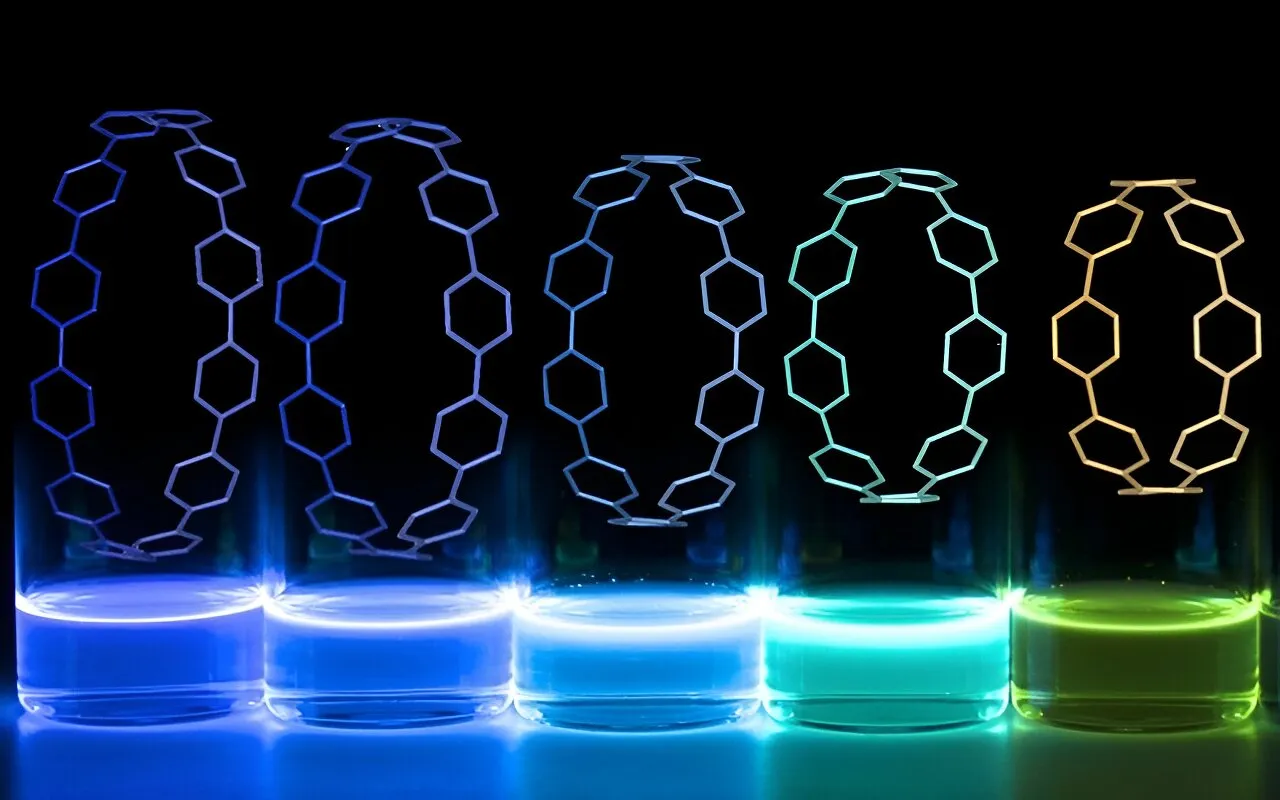Fluorescent 3D-Printed Structures Enhance Medical Technologies

Fluorescent 3D-Printed Structures Transform Medical Applications
Scientific advancements in the field of 3D printing have led to groundbreaking innovations in medicine. Researchers at the University of Oregon have recently developed a method to incorporate fluorescent ring-shaped molecules into novel 3D-printed structures. This technology mimics simple processes, resembling the art of mixing ingredients in pancake making, and results in intricately designed materials.
Key Benefits of Fluorescent 3D Printing in Medicine
- Enhanced Visualization: The incorporation of fluorescent materials improves the tracking of medical devices and biological specimens.
- Customizable Designs: Medical professionals can tailor structures to specific needs, improving patient outcomes.
- Cost-Effective Production: Utilizing advanced 3D printing techniques reduces costs associated with traditional manufacturing.
Future Implications of This Technology
The ongoing research into fluoresent 3D printing doesn't only revolutionize existing practices; it also opens doors to innovations that could transform medical diagnostics and treatment methodologies.
This article was prepared using information from open sources in accordance with the principles of Ethical Policy. The editorial team is not responsible for absolute accuracy, as it relies on data from the sources referenced.